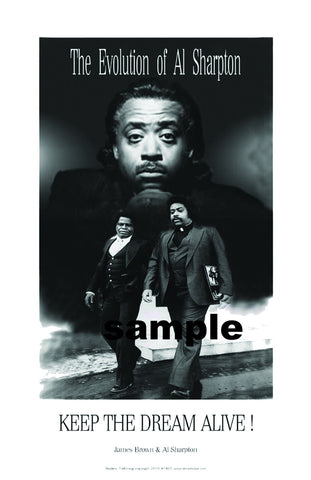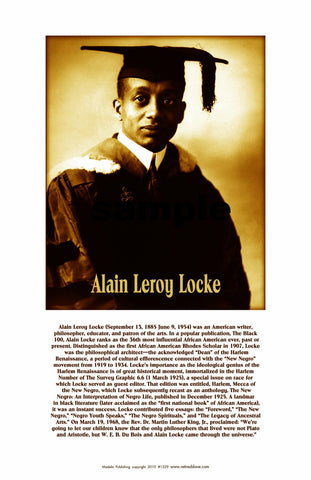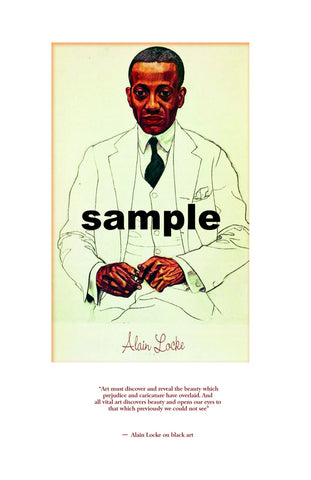Langston Hughes #1153
$ 8.00
Caption from poster__
The Kids in School with Me
When I studied my A-B-C's And learned arithmetic,
I also learned in public school What makes America tick:
The kid in front And the kid behind And the kid across the aisle,
The Italian kid And the Polish kid
And the girl with the Irish smile, The colored kid
And the Spanish kid And the Russian kid my size,
The Jewish kid And the Grecian kid
And the girl with the Chinese eyes-- We were a regular Noah's ark,
Every race beneath the sun, But our motto for graduation was:
One for All and All for One!
The kid in front And the kid behind And the kid across from me--
Just American kids together The kids in school with me.
Langston Hughes -- born February 1, 1902, in Joplin, Missouri -- is usually considered the dean of American Negro poets. His parents divorced when he was a child, and his father moved to Mexico. he was raised by his grandmother until he was thirteen, when he moved to Lincoln, Illinois, to live with his mother and her husband, eventually settling in Cleveland, Ohio. It was in Lincoln that Hughes began writing poetry.
Following graduation from high school, Hughes spent a year in Mexico and a year at Columbia university. During these years, he held odd jobs as an assistant cook, launderer, and a busboy, and traveled to Africa and Europe working as a seaman. in November 1924, he moved to Washington, D.C. Hughes first book of Poetry, The Weary Blues, was published by Alfred A Knopf in 1926. he finished his college education at Lincoln University in Pennsylvania three years later. in 1930 his first novel, Not Without laughter, won the Harmon gold medal for literature.
Paul Lawrence Dunbar, Carl Sandburg, and Walt Whitman were Hughes primary literary influences. He is known for his insightful, colorful portrayals of black life in America from the twenties through the sixties. He wrote novels, short stories and plays, as well as poetry, and is also known for his engagement with the world of jazz and the influence it had on his writing, as in montage of a dream deferred.
His life and work were influential in the shaping of what came to be known as the Harlem Renaissance of the 1920s. Unlike Claude McKay, Jean Toomer, and Countee Cullen, Hughes identified fiercely his personal experience with that of the common experiences of the American Negro. He wanted to tell their stories that reflected their dignity, humor, suffering, and language.
Langston died of complications from prostate cancer May 22, 1967, in New York. In his memory, his residence at 20 East 127th Street in Harlem, New York City, has been given landmark status by the New York City Preservation Commission, and east 127th Street was renamed "Langston Hughes Place."




